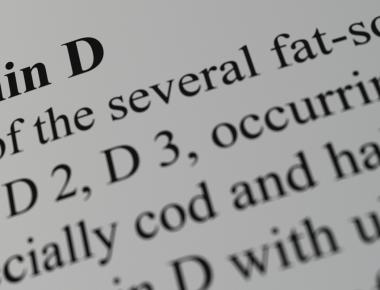
The Role of Magnesium Sulfate in Acute Tocolysis

Table Of Contents
What is Acute Tocolysis?
Acute tocolysis involves using drugs to stop preterm labor for 48 hours by preventing uterine contractions for the benefit of the mother and the fetus. 48 hours is the critical period for the mother to take medication or go to a hospital.
Is Magnesium an Effective Second-line Tocolytic Medication in the Treatment of Preterm Labor?
Some studies have shown that combination therapy using betamimetics (drugs that inhibit contractions of the uterus) and magnesium sulfate may effectively prolong gestation in cases where betamimetics alone is not sufficient.
In this study, we would test the hypothesis that adding magnesium sulfate to the treatment would be superior to using magnesium sulfate alone.
The Study Method on Magnesium Sulfate as a Treatment for Uterine Contractions
33 women at 22 to 34 weeks of pregnancy, whose ritodrine (a betamimetic) did not sufficiently inhibit uterine contractions, participated in this study. 13 were randomly assigned to magnesium alone treatment while 14 received the combination of ritodrine and magnesium.
The treatment was defined as effective if the number of uterine contractions was reduced by more than 30% at 48 hours of the treatment compared to that occurring during the last two hours before magnesium sulfate infusion.
We used a simple 2-arm protocol to add magnesium sulfate infusion. One arm was used to test magnesium sulfate alone, thus, ritodine was discontinued. When uterine contraction increased, attending physicians could resume ritodrine at discretion. The other arm continues ritodrine and adds magnesium sulfate (combination). After 48 hours, the physicians could decide whether to stop or continue tocolysis until delivery.
The Results
After magnesium sulfate infusion, 90% extended their pregnancy for more than 48 hours. Combination therapy was effective in 95%, significantly higher than 50% for magnesium alone.

After 48 hours of the allocated treatment, all physicians decided to continue tocolysis until delivery. All infants were delivered safely and did not suffer from any neurological damage at 1 year of age or older.
The Conclusion
This randomized trial revealed that combining magnesium with ritodrine significantly reduced uterine contractions than magnesium alone, when uterine contractions are hard to control with ritodrine infusion.
Reference
Related Posts



Quick Links
Legal Stuff




